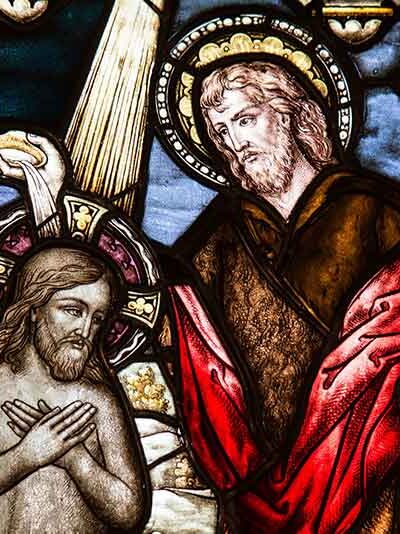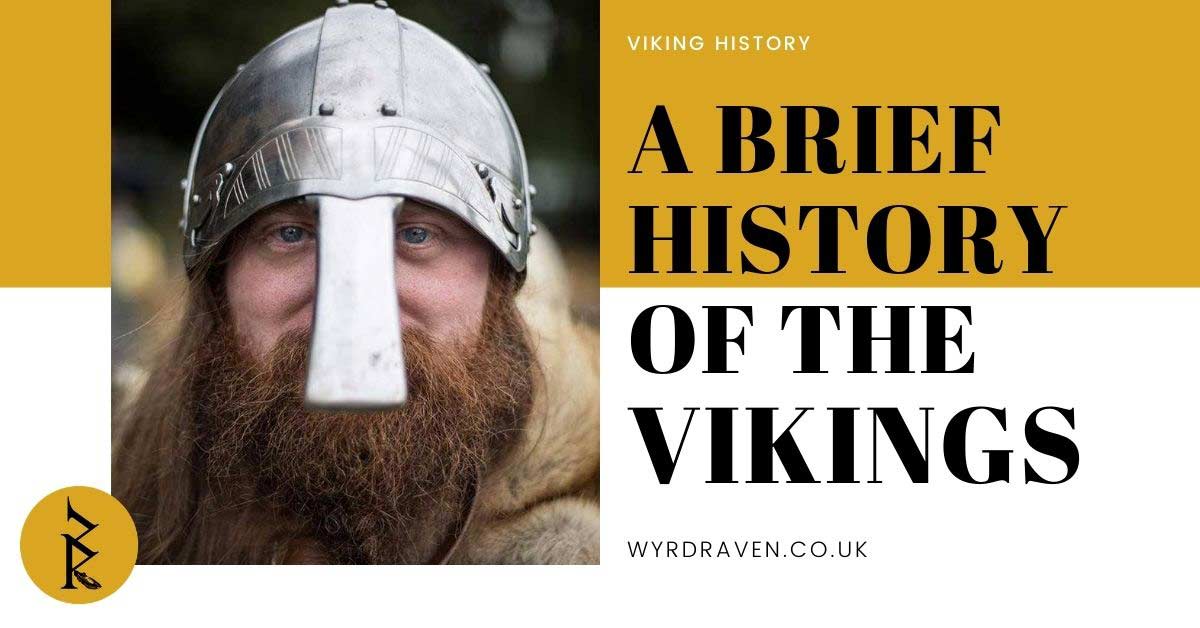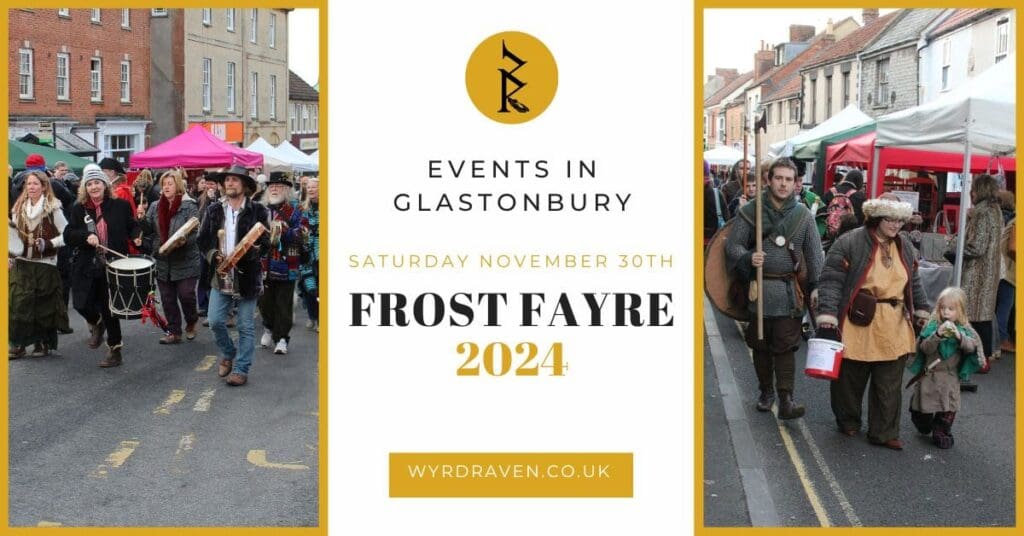The internet is awash with hundreds if not, thousands of sites regarding the history, lore and spiritual beliefs of the Vikings. We are not historians, nor academics, and don’t claim to be anything but ourselves. However after following the Heathen faith for 20 years and starting a business. We’ve picked up a thing or two in our time that we hope is worth sharing with the rest of our online community. So without further ado, here is a brief history of the Vikings.
Christianisation of the Vikings

Conclusion:
We would love to hear your thoughts on our brief history of the Vikings or to tell us if you think something is sorely missing from this post. Write and share your comments with us below, and tell us what you think.
If you want to know more about the Wyrdraven family check out Our Story or you can head back to the Homepage.



